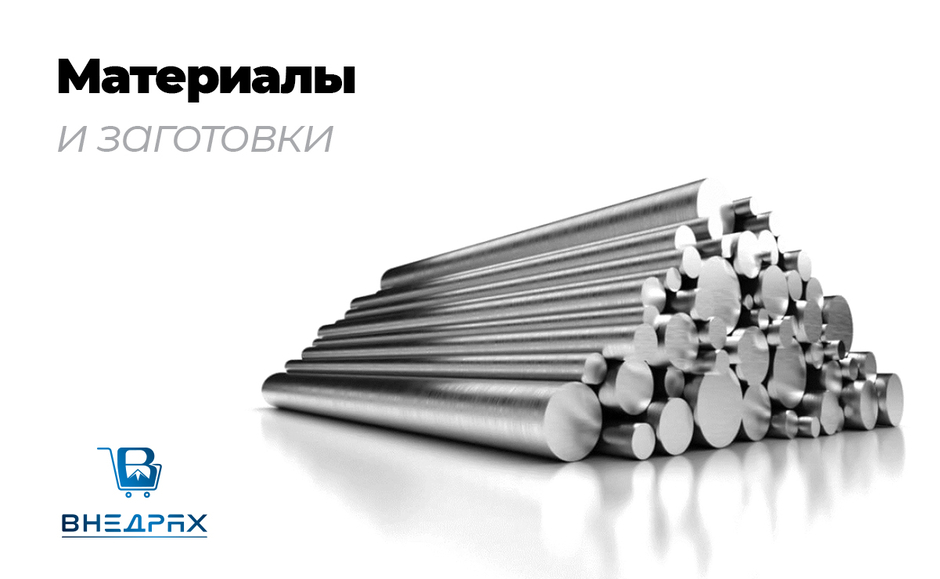Plastic pipe in Tyumen - 160 SDR17 (in stock)

HDPE polyethylene pipe, smooth, flexible, outer, black, lengths of 6, 9 and 12 meters, diameter from 20-63 mm, supplied in rolls of 200 meters. Our delivery is possible! High-quality polyethylene pipes produced by the Realtex company are in great demand among consumers, as their service life reaches several decades. All pipes withstand the effects of aggressive substances found in the soil and in the transported environment. Technical HDPE pipes are used for external and internal laying cables to protect low-current and power electrical networks, television and telephone (Internet) cables.The use of technical HDPE pipes allows you to install the cable behind plasterboard slabs, in concrete walls or raised floors, etc. Realtex LLC produces and sells polyethylene pipes made of PE80, PE100. Water supply GOST 18599-2001, (pressure) pipe from SDR 41-7.4 diameters from 20-630 mm. Realtex LLC produces and sells polyethylene pipes from PE80, PE100. Water supply GOST 18599-2001, (pressure) pipe from SDR33 to SDR 7.4 diameters from 20-630mm, technical sewer (non-pressure) diameters from 20-630mm and gas pipe GOST R 50838-95 diameters from 20-315mm. Realtex LLC produces fittings for HDPE pipes; bends, transitions, permanent connections (NSPS), el. welded couplings, etc. HDPE pipes are polyethylene pipes made from low-density polyethylene (HDPE). Currently, HDPE pipe is the focus of close attention of construction industry managers, who are increasingly choosing polyethylene pipes over metal pipes. This is facilitated by the special characteristics of polyethylene pipes: high strength and elasticity with low weight, long (up to 50 years) service life. Thanks to such unique properties of the HDPE material, pipes made from it make it possible to achieve significant savings in financial and human resources when performing construction and installation work, during the construction of various pipeline systems: water supply, gas supply, sewerage, irrigation systems and subsurface pipelines. The use of polyethylene pipes (HDPE pipes) can significantly reduce the accident rate, the risk of contamination of drinking water and, in addition, significantly facilitates installation and allows the use of trenchless technologies. Increased attention to polyethylene pipes, HDPE pipes, and technical HDPE pipes is due to the fact that recently municipal services of metropolitan cities in various countries have been paying increasing attention to the use of promising trenchless technologies for restoration (rehabilitation) and the laying of water supply and drainage pipelines. In this vein, the use of polyethylene (HDPE) pipes and technical HDPE pipes corresponds to these tasks. We are talking about the technology of laying, replacing, repairing and detecting defects in underground utility pipes for various purposes with minimal opening of the earth's surface. In best foreign practice, 90% of the volume of work on replacing and restoring pipe sections in underground communications is now carried out using the trenchless method. One of the most interesting applications of polyethylene pipes is the construction of underwater pipelines. Working with HDPE pipes, in contrast to metal pipes, allows the entire complex of installation work to be carried out on the shore, which makes construction incomparably easier and cheaper. Then the finished pipeline made of polyethylene pipes equipped with ballast weights is gradually flooded. Technical HDPE pipe is used as an embedded part for forming internal holes in reinforced concrete structures, as protection for electrical wires when laid in the ground, for the manufacture of arcs for greenhouses and other technical uses. The material for the manufacture of the HDPE tube is low-density polyethylene (HDPE). The advantage of using such a material is its resistance to chemical influences, providing the HDPE tube with maximum strength and reliability. When installing HDPE pipes, welding is used, although in some cases it is also possible to use fittings. The strength of the structure, despite the simplicity of the installation process, always remains at a high level, not least due to the fact that low-density polyethylene does not lose its original characteristics over time. Delivery by our transport is possible! “You should contact once and you won’t have any more problems”
No reviews found


